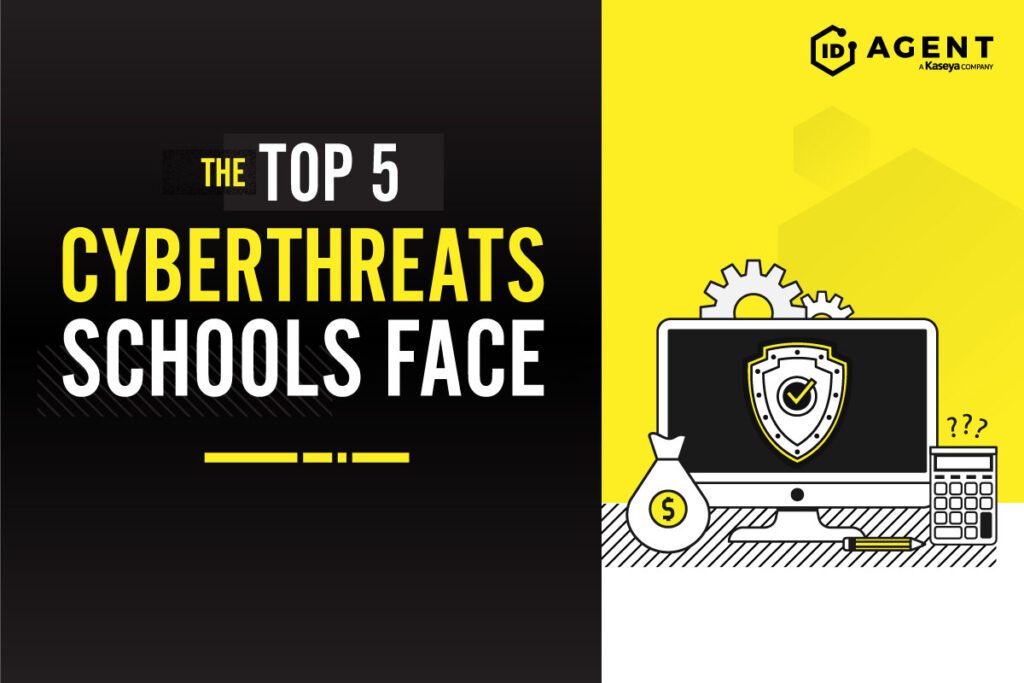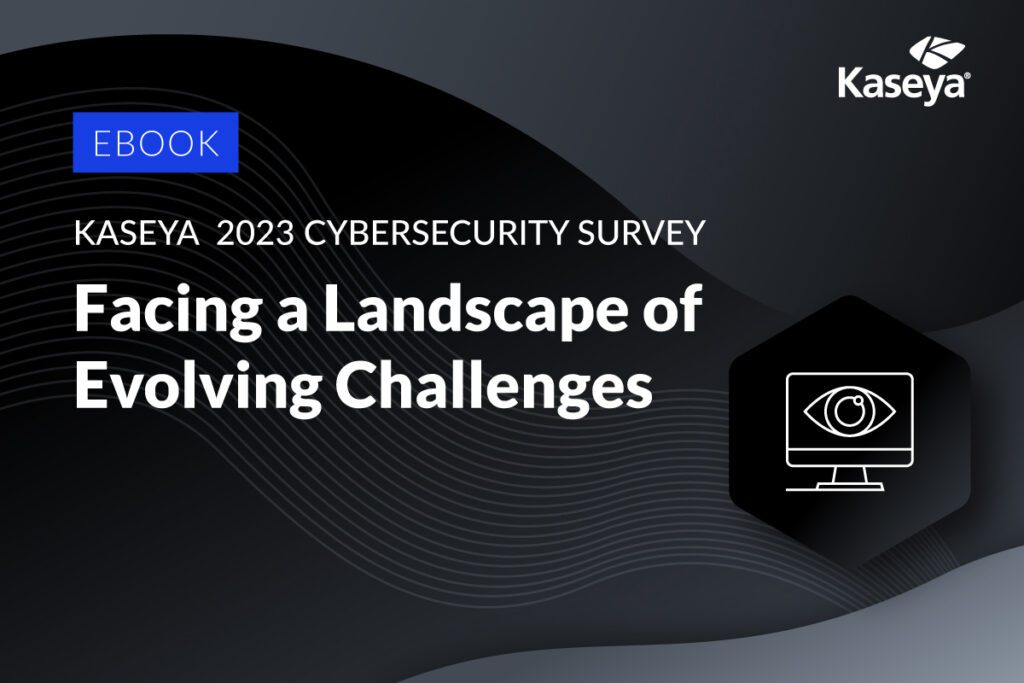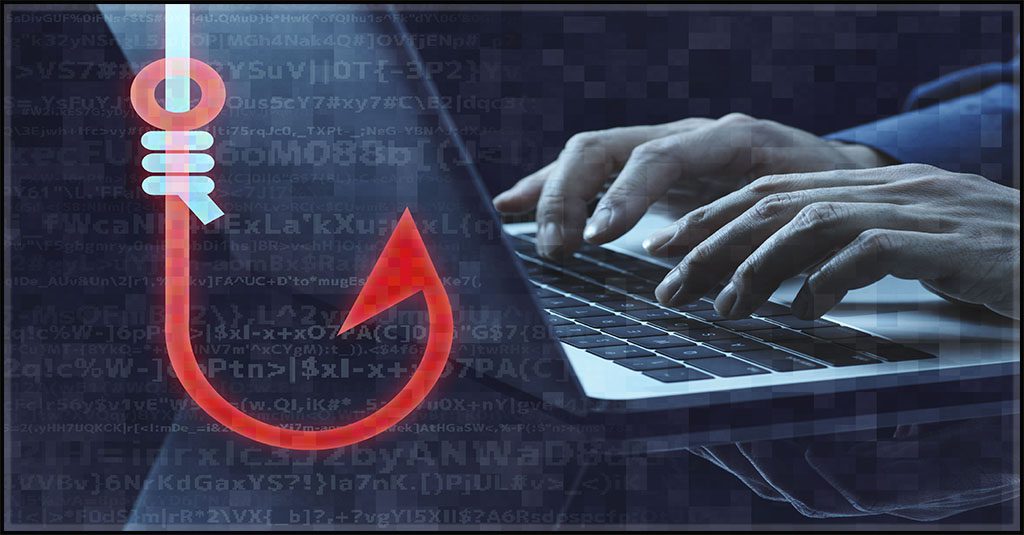Common Types of Phishing Attacks

In an era where digital transactions and communications form the backbone of businesses, the threat of phishing attacks looms larger than ever. This blog delves into the intricacies of phishing, a cyber menace that manipulates the unsuspecting into divulging confidential information. We will unfold the layers of phishing types and their operations and highlight the significance of robust anti-phishing measures.

Is building an in-house SOC a smart move? Our whitepaper breaks down the costs. READ IT>>
What is phishing?
Phishing is a cyber threat that leverages email as a weapon to harm the recipient by stealing information or deploying malware. The goal is to trick the email recipient into believing that the message is something they want or need — a request from their bank, for instance, or a note from someone in their company — and to provide information, click a link or download an attachment.
Phishing’s impact on businesses is profound, ranging from financial losses to damage to reputation and customer trust. More than 90% of cyberattacks start with phishing. What makes phishing so insidious is its reliance on the human factor. Regardless of how sophisticated your security systems are, a single mistake by an unsuspecting employee can give attackers access to your sensitive data.

Learn about the top cyber threats K-12 schools face and how to mitigate them. DOWNLOAD INFOGRAPHIC>>
The evolution of phishing attacks
Phishing has come a long way from its origins of simple deceptive emails. Today, attackers employ an array of sophisticated schemes bolstered by AI tools like ChatGPT to snare their victims, including spear phishing, whaling, smishing, vishing, clone phishing and angler phishing. Each of these methods has its nuances, but the end goal remains the same: to deceive the recipient into parting with valuable information or accessing malicious software.
The escalating threat of phishing attacks
The digital age has ushered in unparalleled connectivity and convenience but has also significantly expanded the attack surface for cybercriminals. Phishing attacks have escalated, not just in volume but in sophistication, affecting businesses and individuals globally. The financial and reputational repercussions of these attacks underscore the paramount importance of deploying advanced anti-phishing software solutions like those developed by Graphus.



Learn about the top cyber threats K-12 schools face and how to mitigate them. DOWNLOAD INFOGRAPHIC>>
Common types of phishing attacks
- Email phishing: The most widespread form, involves generic emails sent to a broad audience, often impersonating credible sources to steal data.
- Spear phishing: These are personalized attacks targeting specific individuals or organizations, leveraging social engineering to increase success rates.
- Whaling: A subset of spear phishing, whaling aims at high-level executives (‘big fish’), employing high stakes and sophistication to breach security.
- Smishing and vishing: Phishing through SMS (Smishing) and voice calls (Vishing) broadens the attack spectrum beyond email by exploiting personal communication channels.
- Clone phishing: Involves duplicating legitimate emails with malicious tweaks, tricking recipients into clicking dangerous links or attachments.
- Angler phishing: Utilizes social media to deceive users, indicating the diversification of phishing methods into new digital realms.
Understanding these tactics is crucial for devising effective defenses. By recognizing the hallmarks of each attack type, individuals and organizations can implement targeted security measures, enhancing their resilience against these insidious threats.


In The Educator’s Guide to Cybersecurity, see the cyber threats that schools face & how to mitigate them. DOWNLOAD IT>>
The phishing process: A closer look
Phishing attacks follow a meticulous process from target selection to execution. Attackers begin by identifying potential victims, crafting believable messages (often laced with urgency) and deploying these via email, phone or social media. The goal is data theft, achieved by convincing the victim to take action, such as providing login credentials or installing malware.
How phishing attacks are conducted?
Phishing attacks deceive victims into surrendering sensitive information, exploiting trust through meticulously crafted communications and manipulative tactics. These cyber schemes typically unfold through a multi-step process such as:
- Target selection: Attackers choose their targets based on the desired outcome, whether it’s a broad phishing campaign or a targeted attack.
- Crafting the message: Depending on the type of phishing, the message is designed to appeal to the target’s emotions, leveraging urgency or fear.
- Execution: The phishing attempt is made, whether through email, SMS, social media or phone calls.
- Data theft: If the attack is successful, attackers can steal user data and financial information or even gain access to secured systems.
This manipulation strategy skillfully exploits human trust through well-crafted communications, leveraging the victim’s fear, curiosity or sense of urgency. The attackers’ meticulous approach ensures that each message appears legitimate, compelling victims to act hastily and often overlook the tell-tale signs of deception.


See the challenges companies face & how they’re overcoming them in our Kaseya Security Survey Report 2023 DOWNLOAD IT>>
Psychological manipulation in phishing
The success of phishing hinges on manipulating the human psyche. Attackers skillfully craft scenarios that exploit trust, fear, curiosity or a sense of urgency. This manipulation compels the victim to act hastily, often overlooking the red flags that might indicate a scam. By leveraging the inherent human inclination to trust and the natural response to urgency, cybercriminals craft emails and messages that mimic legitimate sources.
The psychological underpinnings of phishing attacks exploit a range of emotions, from the fear of missing out (FOMO) to the anxiety of potential loss, making these schemes particularly effective. Such tactics underscore the importance of vigilance and education in recognizing and responding to phishing attempts.


Learn how to spot today’s most dangerous cyberattack & get defensive tips in Phishing 101 GET EBOOK>>
Mitigating phishing risks with Graphus
In the complex and ever-evolving landscape of cybersecurity threats, phishing stands out for its versatility and the significant risk it poses to businesses and individuals alike. Graphus emerges as a beacon of hope in this scenario, offering a sophisticated, proactive and automated solution designed to shield businesses from the wide spectrum of phishing scams. By leveraging its patented AI technology, Graphus meticulously scans, detects and neutralizes phishing attempts even before they have a chance to reach the end-user. This proactive approach is not just about blocking threats; it’s about adapting to the continuously evolving tactics of cybercriminals, ensuring that the security of your business and the safety of your employees are always a step ahead of potential breaches.
For businesses looking to deepen their understanding of email-based cyber threats and explore comprehensive strategies for cyber defense, Graphus provides an invaluable resource. Our dedicated page on preventing email-based cyberattacks offers insights and guidance on fortifying your defenses against these insidious attacks.
Take the first step towards enhanced digital security by requesting a personalized demonstration today: Request a Graphus demo. Let Graphus be your ally in navigating the complexities of the digital world, ensuring that your organization remains secure, vigilant and always one step ahead of cyber threats.


Read case studies of MSPs and businesses that have conquered challenges using Kaseya’s Security Suite. SEE CASE STUDIES>>


Our Partners typically realize ROI in 30 days or less. Contact us today to learn why 3,850 MSPs in 30+ countries choose to Partner with ID Agent!
Check out an on-demand video demo of BullPhish ID or Dark Web ID WATCH NOW>>
See Graphus in action in an on-demand video demo WATCH NOW>>
Book your demo of Dark Web ID, BullPhish ID, RocketCyber or Graphus now!